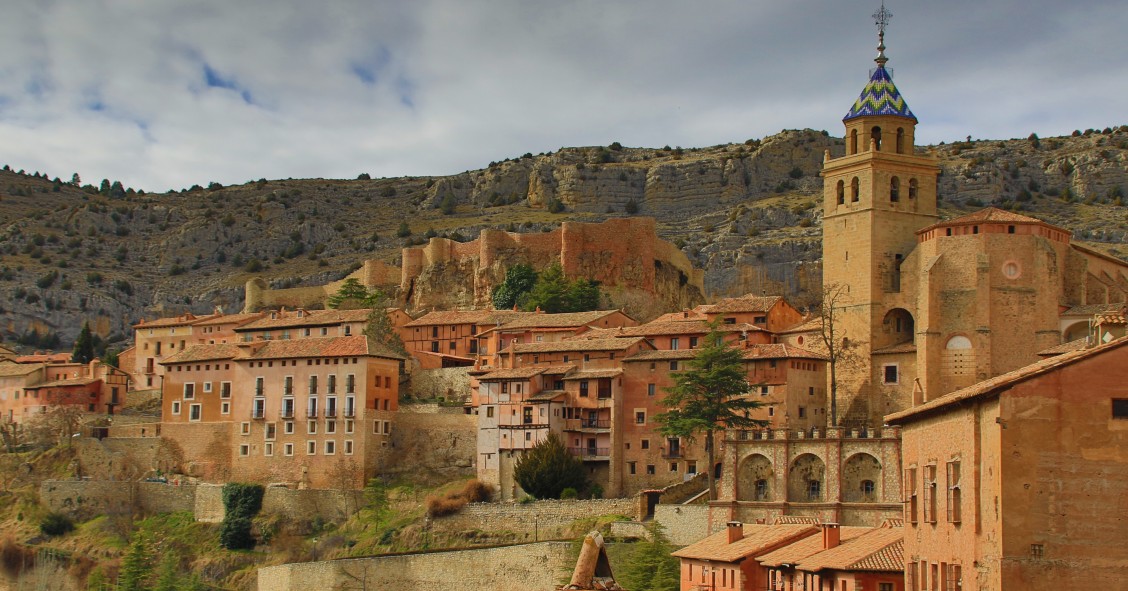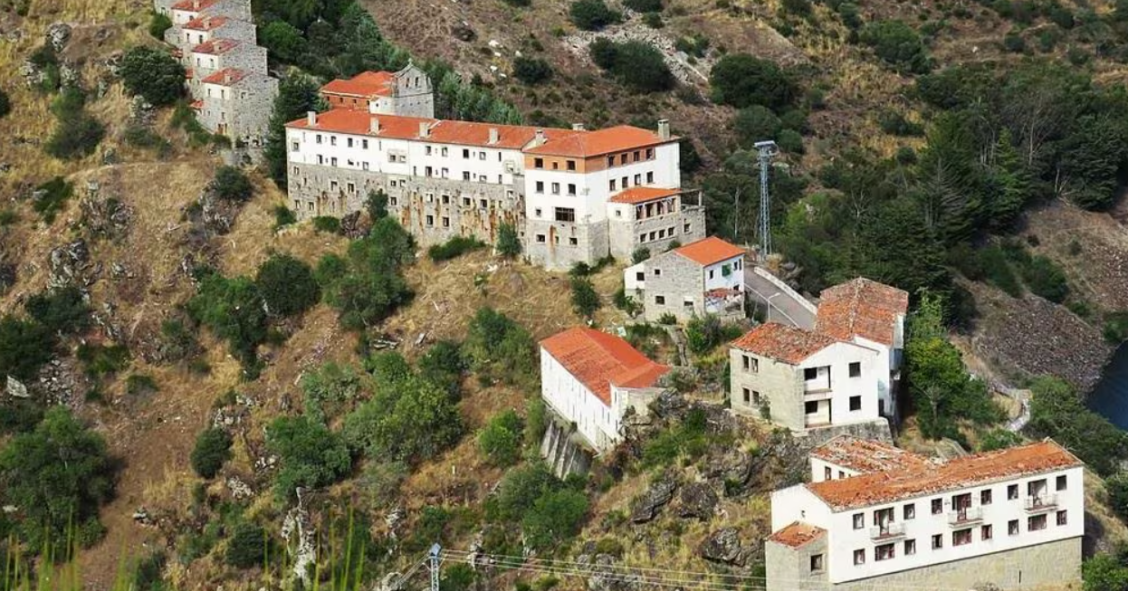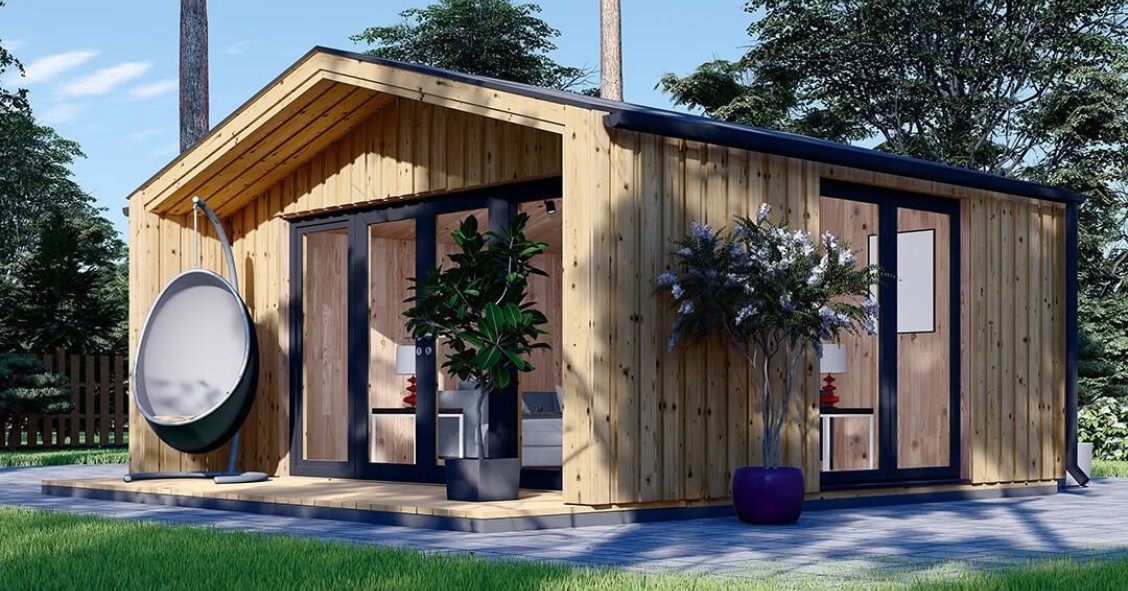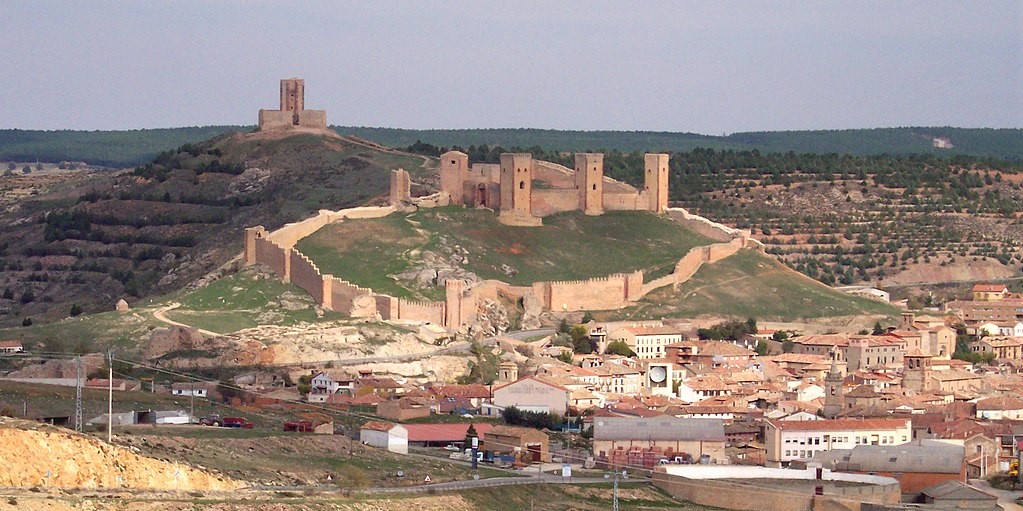
When we think of Spain, we often picture sun-drenched beaches and a warm Mediterranean climate. However, the country is also home to regions with exceptionally harsh winter temperatures.
With this in mind, many people wonder which is Spain's coldest town. Located in one of the chilliest areas of the peninsula, it defies typical climatic expectations. Read on to discover where it is.
Spain's coldest town
When discussing the coldest town in Spain, Molina de Aragón, located in the province of Guadalajara, is frequently mentioned. Situated at an altitude of 1,060 metres, it forms one point of the so-called "cold triangle", with Teruel and Calamocha making up the other two vertices.
In January 1952, Molina de Aragón recorded a temperature of -28.2ºC. While the historical coldest temperature in Spain is held by Calamocha, with -30ºC in 1963, Molina de Aragón is typically colder, with winter minimums averaging -3.5ºC.
The town's geographical location and altitude are key factors in its frigid climate, resulting in particularly harsh winters. Its weather is so extreme that even in June, Molina de Aragón recorded a minimum temperature of just 0.6ºC in 2019.
Molina de Aragón's geographical location and altitude contribute significantly to its freezing climate, making winters particularly harsh. Its climate is such that even in the middle of June it reached a minimum of 0.6ºC in 2019.
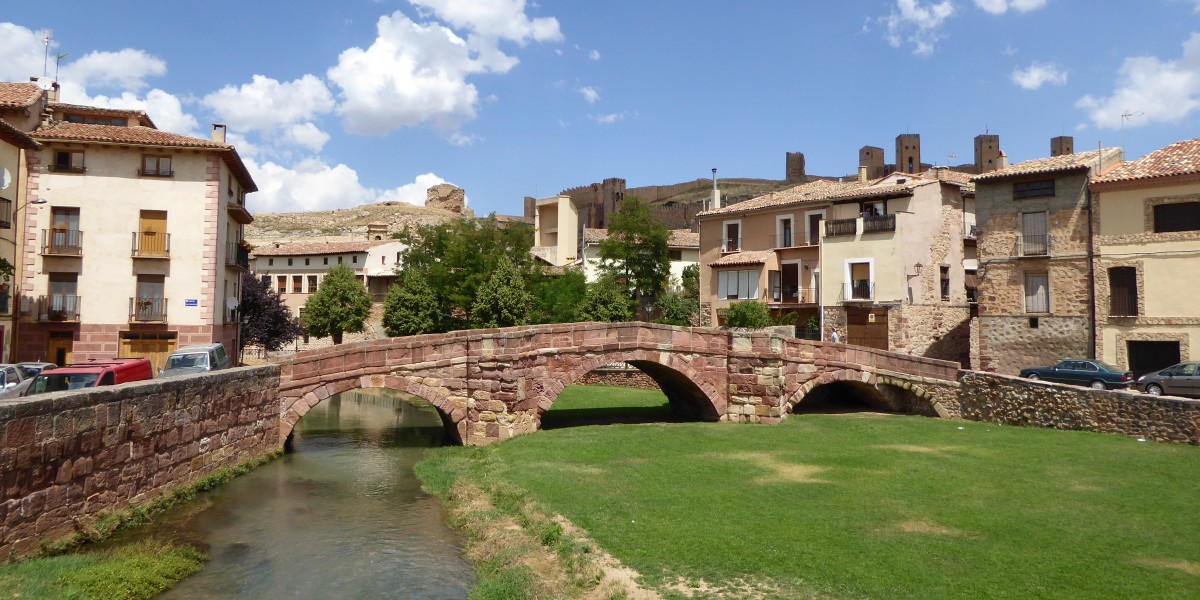
What to see in Molina de Aragon
Molina de Aragón, often regarded as the coldest town in Spain, is not only renowned for its frigid temperatures but also for its rich historical and cultural heritage, making it a popular tourist destination in the province of Guadalajara.
- Molina de Aragón Castle: This medieval castle is the largest in Guadalajara and offers spectacular panoramic views of the town and its surroundings.
- Roman Bridge: A beautiful bridge that crosses the Gallo River, perfect for a quiet walk while enjoying the scenery.
- Plaza de España: The heart of the town, where you can enjoy traditional architecture and immerse yourself in local life.
- Molina Museum: An ideal place to learn about the history and culture of the region, with exhibits ranging from prehistory to the present day.
- Alto Tajo Natural Park: Just a few kilometres from the village, this park has great hiking trails and a rich biodiversity.
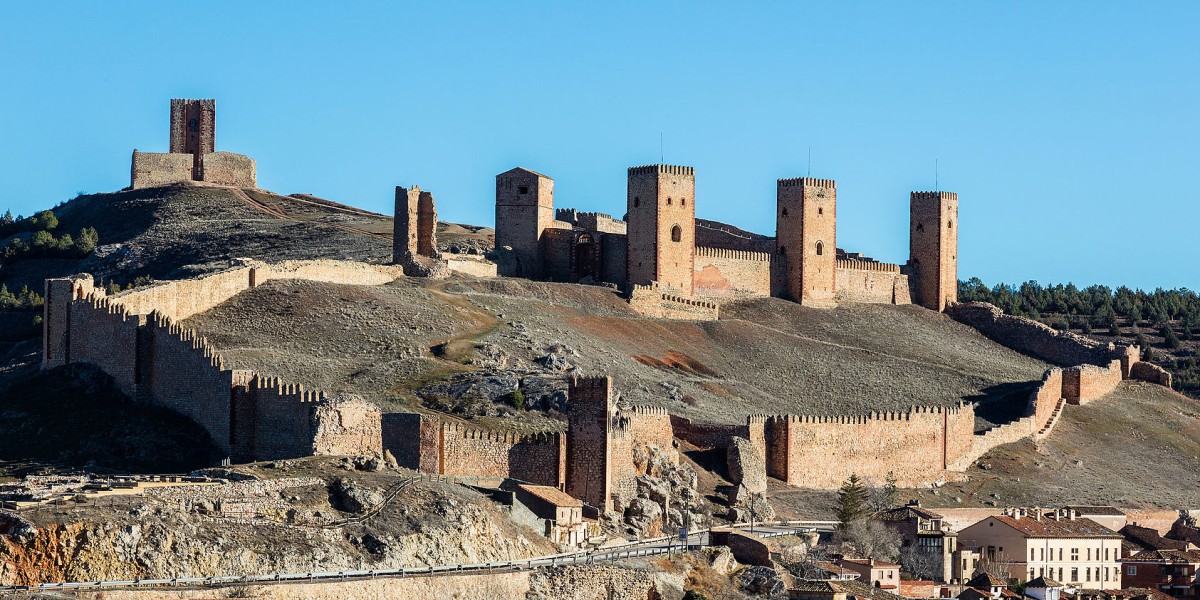
Living in Molina de Aragon
Living in Molina de Aragón, one of the most charming towns near Guadalajara, offers a unique experience that blends tranquillity with a strong connection to nature. Despite its chilly winter temperatures, the town provides an exceptional quality of life, characterised by a welcoming community and peaceful surroundings. Residents enjoy a relaxed pace of life, surrounded by stunning mountainous landscapes and crisp, fresh air that encourages the simple pleasures of everyday living.
- Properties for sale in Molina de Aragon
- Rental properties in Molina de Aragon
- Holiday rentals in Molina de Aragon
What is the coldest place in Spain in summer?
When we think of summer in Spain, what first comes to mind is often soaring temperatures and endless sunshine. However, there are places where the heat is more manageable, and you can even enjoy a cooler climate. In this regard, the Picos de Europa National Park stands out as one of the most refreshing spots in Spain during the summer.
Others suggest that Molina de Aragón might fit this description, especially given the 0.6ºC recorded in June 2019. Additionally, the town of Capileira, nestled in the foothills of Sierra Nevada in Granada, is also often mentioned.

What is the coldest town in the world?
If we widen our perspective to the rest of the world, the title of the coldest village goes to Oymyakon, located in the Sakha Republic (Yakutia), Russia. This remote settlement is infamous for its extreme temperatures, which can plummet to as low as -50ºC in winter. Known as the Pole of Cold, it subjects its residents to a harsh climate that only the toughest can endure.
The village’s location in a valley, surrounded by mountains, traps cold air and prevents it from dissipating, leading to these extreme conditions. Among the peculiarities of this freezing environment is the fact that ink in pens can freeze, cars must be kept running at all times to prevent them from becoming unusable and metal glasses are too dangerous to wear outdoors as they can stick to the skin. Even saliva can freeze before hitting the ground.




